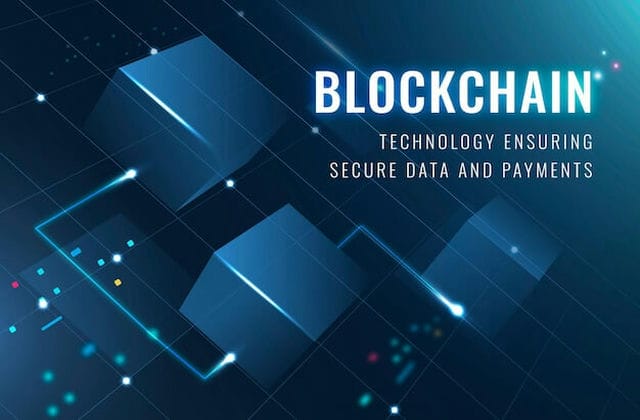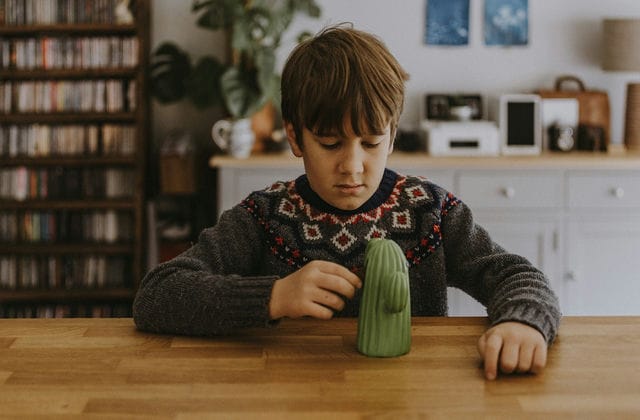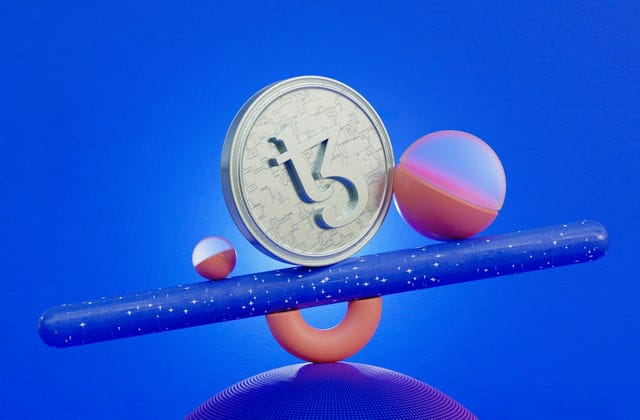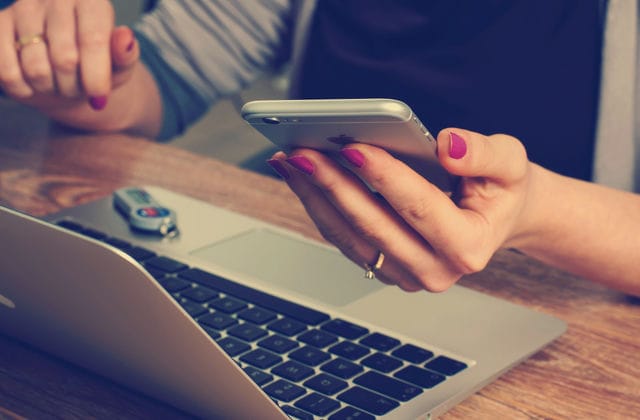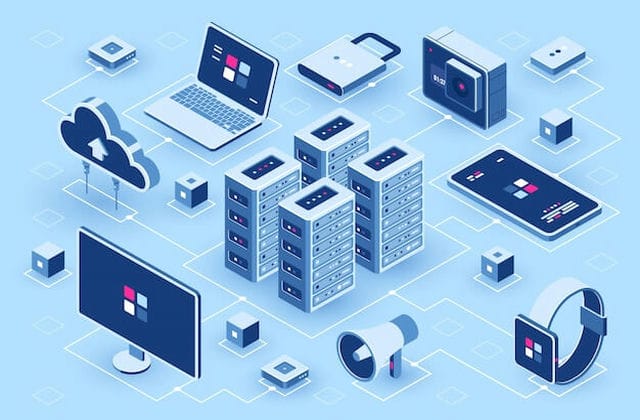Blockchain is a term in the field of information technology, which skillfully combines and integrates professional technical knowledge in mathematics, cryptography, the Internet, computer programming and many other fields.
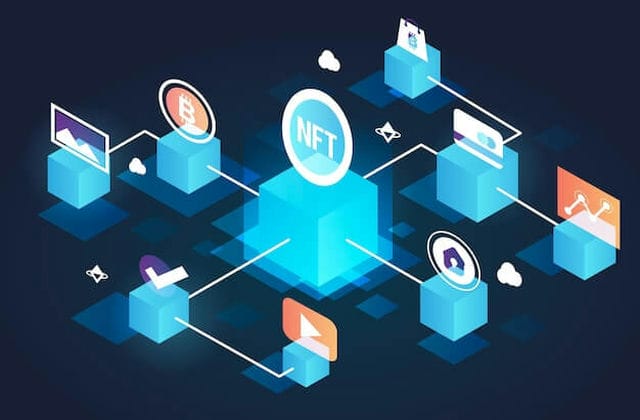
What is blockchain? What can blockchain do?
Blockchain is a term in the field of information technology, which skillfully combines and integrates professional technical knowledge in mathematics, cryptography, the Internet, computer programming and many other fields.
To put it simply, the blockchain is a distributed shared ledger or database. The data or information stored in it is decentralized and tamper proof.
These characteristics ensure the "honesty" and "transparency" of the blockchain and lay the foundation for the blockchain to create trust. These characteristics enable the blockchain to solve many problems of information asymmetry, allow users to collaborate without the participation of third-party intermediaries, and do not need to trust each other. It realizes collaborative trust and concerted action among multiple agents, thus creating a reliable cooperation mechanism, with broad and rich application prospects.

How does the blockchain work?
The "block" of the blockchain is similar to the hard disk we use to store data. Each block is a place to store information on the blockchain. Encrypt with cryptography technology to ensure that these saved information data cannot be tampered with.
The blockchain system will check all data generated during the period, such as transaction records and records when the block was edited or created, and store these data on a new block. This block will be connected with the previous block, and each block must contain the relevant information of the previous block to take effect, thus forming a chain, so it is called "blockchain".
The blockchain is essentially a decentralized database. The scenario where blockchain can really play its role is to allow users to collaborate without the participation of a third-party intermediary, without having to trust each other. In the blockchain network, no party can tamper with the data on the blockchain.
To run and independently verify the status of the blockchain, users must download specific wallet software. After the software is started, it will access other computing devices in the blockchain network for the purpose of uploading or downloading information (for example, transactions, blocks). The software will download block data one by one, check its authenticity, and then broadcast the verified relevant information to other computing devices.
As a result, we have a blockchain ecosystem composed of hundreds or even tens of thousands of computing devices. These computing devices are called "nodes". They all run the same software, and simultaneously update and broadcast transaction data with each other, realizing the real and decentralized characteristics of blockchain data.

















